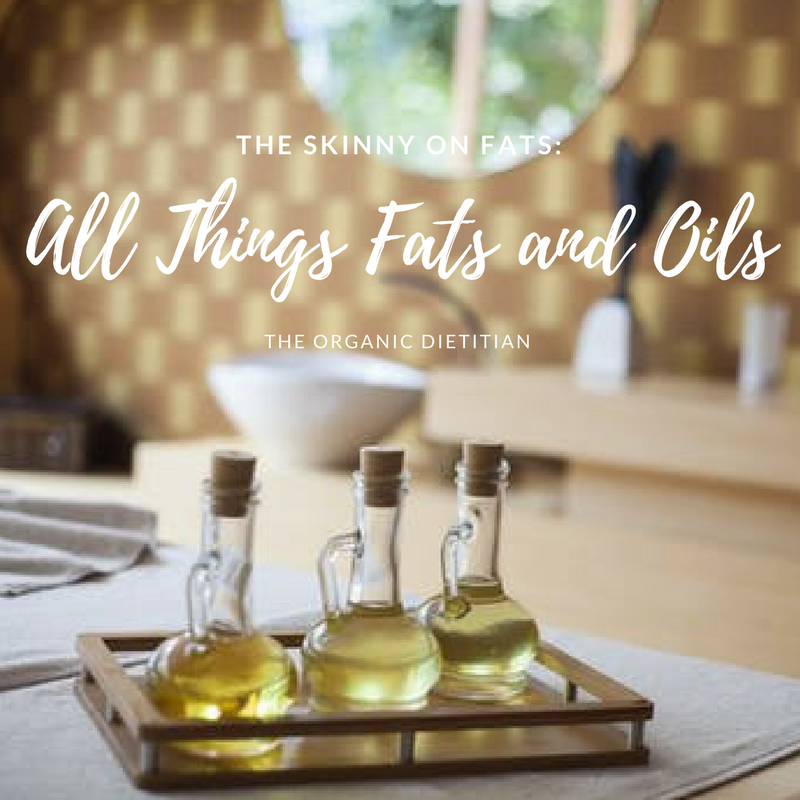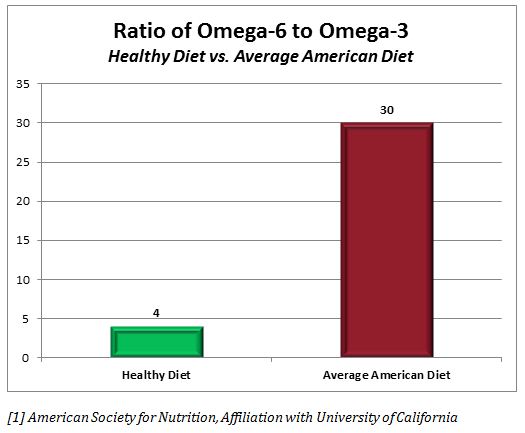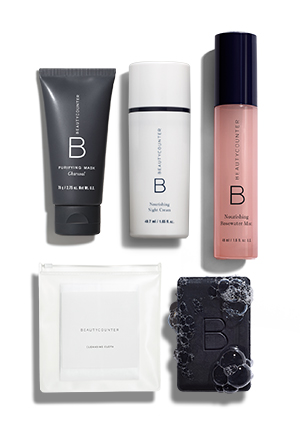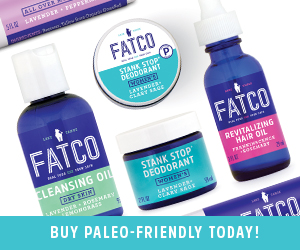31 August, 2013
The Skinny on Fats: All Things Fats and Oils

I used to be guilty of it, too. I used to think that I needed to buy as many foods low fat or fat free as possible. My milk was skim, my yogurt was low fat, my ground beef was 94% lean, I bought margarine instead of butter, I used vegetable oil, and I loved light ice cream.
But, no more! I know better now, and despite adding more fat to my diet than ever before I have not gained any fat. In fact, a lot of people I know that use real fat have lost unwanted pounds. The belief that maintaining a low-fat or fat-free diet may be one of the biggest misconceptions used to promote a healthy diet. Following a low-fat diet may even be contributing to high cholesterol, heart disease, weight gain, and premature death. How can this be?
Low Fat Foods Means More Additives and Sugar
A lot of low-fat and fat-free products add additional ingredients like sugar and artificial sweeteners for better taste. Removing the fat from food removes flavor so other unnatural additives are mixed in to compensate. Here are some examples of low-fat and fat-free foods that have added chemicals that their full-fat, whole-food counterparts do not contain:
Yoplait Light Strawberry (Fat Free): Cultured paserurized grade A non fat milk, strawberries, modified corn starch, kosher gelatin, citric acid, tricalcium phosphate, aspartame, potassium sorbate added to maintain freshness, acesulfame potassium, natural flavor, Red #40, vitamin A acetate, vitamin D3
vs
Plain Whole Milk Yogurt: CULTURED PASTEURIZED WHOLE MILK, PECTIN, VITAMIN D3. CULTURES: S. THERMOPHILUS, L. BULGARICUS, L. ACIDOPHILUS, BIFIDUS, L. CASEI, AND L. RHAMNOSUS
Skinny Cow Chocolate Peanut Butter Ice Cream Sandwiches (Low Fat): skim milk, wafer [bleached wheat flour, sugar, caramel color, dextrose, palm oil, corn flour, high fructose corn syrup, corn syrup, baking soda, modified corn starch, salt, mono and diglycerides, soy lecithin, cocoa], sugar, corn syrup, polydextrose, whey protein, cocoa processed with alkali, cream, calcium carbonate, ground peanuts, Inulin (Dietary Fiber), propylene glycol monostearate, microcrystalline cellulose, salt, natural flavor, partially hydrogenated palm oil, Sodium Carboxymethylcellulose, guar gum, monoglycerides, carob bean gum, sorbitol, citric acid, vitamin A palmitate, carrageenan, artificial flavor
vs
Vanilla Bean Ice Cream: PASTEURIZED CREAM AND NONFAT MILK, CANE SUGAR, EGG YOLK, VANILLA EXTRACT, GROUND VANILLA BEAN.
You may be eating less fat, but at what cost? Sugar and artificial sweeteners have been shown to cause weight gain and may even result in more cravings for sweets.
Low Fat Is Not Satisfying
Even though you may be eating less calories now with a lower-fat food, it may cause you to overeat or eat more later, which ultimately increases your calorie consumption. Fat is digested slowly, which helps fill you up quicker and may help you feel fuller for a longer period of time. Eating a lower-fat meal may not be satisfying and you will find yourself hungry for more in a just a few hours.
Omega 6 and Inflammation
Eating fat can provide great health benefits but there are better fats than others. Our bodies like to have the right ratio of omega-3 and omega-6 fatty acids. The American diet today often contains too many omega-6 and not enough omega-3 fatty acids. If the omega-6 fatty acids are higher, this can lead to inflammation and arterial wall damage, which studies suggest are the main causes of a lot of our health problems today. Soybean, corn, vegetable, canola, and sunflower oils are the biggest contributors of omega-6 fatty acids, and these oils are found in many of our processed foods on the market right now. In fact, I would say nearly all of the processed foods found in supermarkets today contain some form of these unhealthy oils. Omega-6 fatty acids are pro-inflammatory and omega-3 fatty acids are anti-inflammatory. When eating foods with omega-6 you need foods that contain omega-3 to counterbalance. The sad reality is that a lot of the foods being promoted as beneficial to our health are really what is causing our health crisis.
Fats to Avoid
Oils to avoid are usually refined, deodorized and bleached. These refined oils are high in omega-6 fatty acids. They are often made with genetically modified ingredients and should be avoided: Soybean Oil, Palm Oil, Corn Oil, Cottonseed Oil, Canola Oil, Sunflower Oil.
Trans fats are the result of processing through hydrogenation. Our bodies do not recognize this man-made fat and have a difficult time digesting it, which is why it is known to cause health problems: Shortening, Hydrogenated Coconut Oil, Hydrogenated Margarine.
Butter from Grain-Fed animals is high in bad saturated fats and omega-6. Too much omega-6 in the diet can be a cause of unhealthy inflammation.
Fats to Limit
These fats do contain omega-6 fats, which is not necessarily a bad thing. Remember: we want to have a balance of omega-3 and omega-6. If we eat a lot of foods higher in omega-6, then we can throw off that balance, but these oils — in an unrefined state — can add beneficial nutrients and antioxidants: Unrefined Pumpkin Seed Oil, Sesame Oil, Grapeseed Oil.
Fats to Choose
Olive Oil: Has one of the highest percentages of the heart-healthy monounsaturated fats. Good quality oil can contain a good number of antioxidants as well. You really have to be careful when picking an olive oil as some can be refined and be damaged by light or heat. My advice it to choose a small bottle so it doesn’t turn rancid sitting on the shelf (unless you use it frequently). Choose one in tin or a dark green glass bottle to prevent light damage and make sure it is certified organic. Because heat can damage olive oil I actually mainly use it in dressings.
Coconut Oil: Is high in good saturated fat and low in omega-6. The saturated fat it contains is lauric acid, which is a medium chain triglyceride (MCT). These types of triglycerides can be easily broken down by the liver so it can be burned quickly as energy and not stored as fat. Coconut oil should always be purchased virgin and unrefined. This oil is great because it can be used raw and also tolerates higher temperatures, perfect for baking and cooking. This is my go-to oil and I use it in 90% of my cooking and baking. See my article: Does Coconut Oil Contribute to Heart Disease?
Unrefined Hemp Oil: Contains essential fatty acids. The content of omega-3 and omega-6 fatty acids are similar to that of our skin’s fat composition, which makes this oil useful in counteracting aging and improving skin hydration. Unrefined hemp oil’s fatty acids are also helpful in increasing immune system strength and preventing diseases such as cardiovascular disease. I add hemp oil to salad dressings and smoothies because it, like olive oil, should not be exposed to high heat cooking. I also store this oil in the fridge to protect it from going rancid.
Unrefined Flax Oil: Many of these healthy oils have the same story. Flax oil is also rich in essential fatty acids and contains a good combination of both omega-3 and omega-6 fatty acids. This oil is not recommended for cooking since high temperatures can damage the oil. This oil is not recommended for men; there have been studies suggesting an increased risk in prostate cancer.
Unrefined Hazelnut Oil: The fatty acid composition of hazelnut oil is similar to olive oil in that it also provides a high oleic-acid content, which is a mono-unsaturated fatty acid (MUFA) that is known to help lower cholesterol. Hazelnut oil is also a rich source of E and B vitamins. This oil is better used in cooking applications that does not involve high heat.
Unrefined Safflower Oil: This oil is primarily made up of MUFAs, which can help reduce levels of LDL (bad cholesterol) and increase HDL (good cholesterol). The high level of MUFA also provides a good source of the antioxidant vitamin E. This oil is also not the best to use when cooking with high heat.
Macadamia Nut Oil: This oil is extremely low in omega-6 fatty acids, similar to coconut oil. Macadamia oil is also high in MUFA and low in poly-unsaturated fatty acids (PUFA), which is a good balance. This oil can stand a little more heat, but I recommend cooking with it at very low temperatures to keep the health benefits intact.
Almond Oil: Almond oil contains unsaturated fats. This oil is great for your hair and skin because it contains vitamin E, calcium, and magnesium. This oil can stand a little more heat so it is safe for cooking.
Pecan Oil: Pecan oil contains less saturated fat than olive oil. This oil is rich in MUFA. The overall balance of fatty acids may help lower bad cholesterol and reduce the risk of heart disease. This oil can stand a little more heat, but I would recommend a very low temperature to reap the most health benefits.
Peanut Oil: Peanut oil is also rich in MUFA and while it can withhold a little more heat, I recommend cooking at a low temperature.
Grass-Fed Butter: Butter from grass-fed animals is preferred versus grain-fed butter. Grain-fed butter is high in bad saturated fats and omega-6 fatty acids. Cows are not meant to eat grain as part of their natural diet. Butter from cows fed their natural diet – grass – are good sources of linoleic acid (a MUFA) and low in omega-6.
Lard from Grass-Fed animals: Lard was once one of the only forms of fat available and always came from animals that were treated right and fed the proper diet. When this generation existed the rate of heart disease and other diet-related diseases was much lower. This fat is moderately high in MUFA and low in omega-6. When it is well sourced from properly raised animals lard is a natural fat with many health benefits.
With all of the low-fat and fat-free products on the market, you’d think that reducing your fat intake would be the surest thing for improved health. In fact, there is such a thing as too little fat. If you are still one of many people that aim to cut fat out of your diet, I encourage you to think again. It’s extremely popular in America to see foods advertised as fat-free or low-fat, but fat is an important part of a balanced diet. Fat is a natural substance and our bodies cannot produce essential fatty acids; we need to get them from the fats we eat. Small amounts of vitamin A, vitamin D, vitamin E, and vitamin K are needed to maintain good health. These vitamins are fat-soluble and need fat in order to be absorbed.
I usually recommend clients to at least get one serving of a healthy fat with each meal and see how they feel. When working with clients on hormone balance I always check to see how much fat they are getting since hormones are derived from – you guessed it – fat.












Where do you recommend finding grass fed butter? We have a hard time finding it. Thanks.
Sprouts sells it and we have found it at Costco as well…the brand is kerrygold Irish butter. The package says made from Grass-fed cows. A sure sign the butter is from grass-fed milk is the yellow color.
Hello Sara, what about Avocado oil? It is not mentioned in this article.
Thank you!
Yes I like avocado oil too!